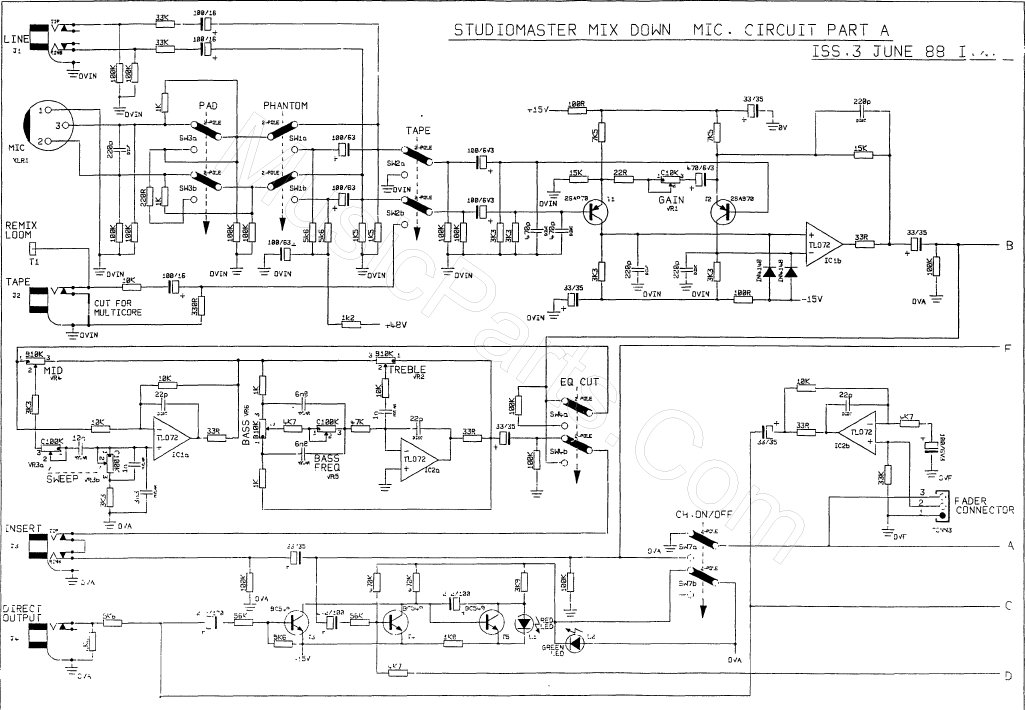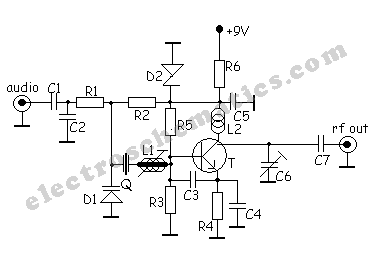
Sensor switch circuit 9 channels

This sensor switch circuit features nine channels and consists of three integrated circuits along with several resistors. The 74HC147, which has a high input impedance, enables the use of 4.7 MΩ resistors to establish a logic level "high" for the sensor inputs. When a sensor is activated by touch, it creates a low resistance path to ground, causing IC1 to register a logical level "low."
The sensor switch circuit is designed to manage multiple sensor inputs efficiently, utilizing the 74HC147 priority encoder as its core component. The high input impedance of the 74HC147 allows for minimal loading on the sensors, which is crucial when using high-value resistors like 4.7 MΩ. This configuration ensures that the sensors can operate effectively without significant signal degradation.
In this circuit, each of the nine channels is connected to a separate sensor. When a sensor is activated, it pulls the corresponding input pin of the 74HC147 low, resulting in a logical output that indicates which sensor has been triggered. The output from the 74HC147 can then be fed into additional logic circuits or microcontrollers for further processing, enabling applications such as touch-sensitive interfaces or multi-sensor monitoring systems.
Resistors in the circuit serve dual purposes: they help establish the required input conditions for the 74HC147 and provide necessary pull-up functionality to maintain a stable logic high when the sensors are not activated. The circuit design emphasizes simplicity and reliability, making it suitable for various applications where multiple sensor inputs are needed.
Overall, the described sensor switch circuit is an effective solution for detecting multiple touch inputs with minimal component count while maintaining high performance and reliability.This sensor switch circuit has nine channels and consist of only three integrated circuits and some resistors. Due to high input impedance, 74HC147 allows to use of 4. 7 M resistors to create a logic level "high" to sensor inputs. When one sensor is touched, the resulting low resistance to ground circuit causes IC1 to read a logical level L.
🔗 External reference
The sensor switch circuit is designed to manage multiple sensor inputs efficiently, utilizing the 74HC147 priority encoder as its core component. The high input impedance of the 74HC147 allows for minimal loading on the sensors, which is crucial when using high-value resistors like 4.7 MΩ. This configuration ensures that the sensors can operate effectively without significant signal degradation.
In this circuit, each of the nine channels is connected to a separate sensor. When a sensor is activated, it pulls the corresponding input pin of the 74HC147 low, resulting in a logical output that indicates which sensor has been triggered. The output from the 74HC147 can then be fed into additional logic circuits or microcontrollers for further processing, enabling applications such as touch-sensitive interfaces or multi-sensor monitoring systems.
Resistors in the circuit serve dual purposes: they help establish the required input conditions for the 74HC147 and provide necessary pull-up functionality to maintain a stable logic high when the sensors are not activated. The circuit design emphasizes simplicity and reliability, making it suitable for various applications where multiple sensor inputs are needed.
Overall, the described sensor switch circuit is an effective solution for detecting multiple touch inputs with minimal component count while maintaining high performance and reliability.This sensor switch circuit has nine channels and consist of only three integrated circuits and some resistors. Due to high input impedance, 74HC147 allows to use of 4. 7 M resistors to create a logic level "high" to sensor inputs. When one sensor is touched, the resulting low resistance to ground circuit causes IC1 to read a logical level L.
🔗 External reference





